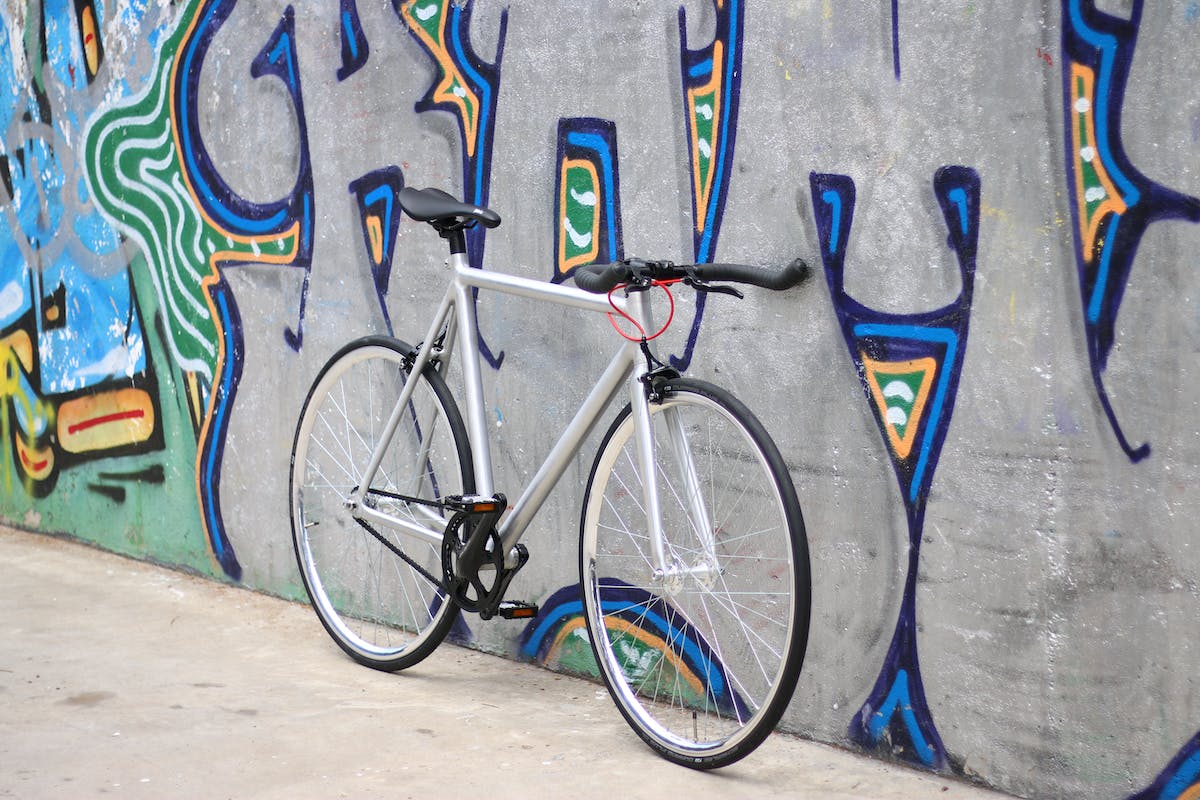A hybrid bike is a multipurpose bicycle that combines characteristics of both road bikes and mountain bikes, making it appropriate for a variety of riding terrains. It is made to offer riders who want a bike that can manage a variety of surfaces, such as pavement, gravel walks, and light off-road trails, a pleasant and effective ride. A hybrid bike can be a wonderful option for riders who want a versatile and dependable bike that can handle a variety of riding circumstances, whether they’re searching for a bike for commuting, training, or leisure.
The following are some key features and characteristics of hybrid bikes:
1. Frame:

A hybrid bike’s frame often combines the upright geometry of a mountain bike with a slightly smaller profile akin to a road cycle. To improve manoeuvrability and effectiveness, the frame is typically composed of lightweight materials like aluminium or carbon fibre. A hybrid bike’s frame is made to give an upright and comfortable riding position, which can lessen stress on the back, neck, and shoulders. The handlebars are positioned lower than on a mountain bike but higher than on a road bike to achieve this. While still allowing the rider to produce power and speed as needed, this position enables more comfortable and steady riding.
2. Handlebars:

In contrast to the drop handlebars found on road bikes, hybrid bikes often have flat or riser handlebars, which provide a more relaxed and upright riding position. For casual riders or those who want a more comfortable riding position, this design offers improved control and visibility. Flat handlebars have a wide grip and are straight, making it simple to control the bike in confined situations. Riders can maintain a straight posture and keep their arms at a natural angle, which can lessen stress on their wrists, shoulders, and neck. Riser handlebars have a small upward curvature that might offer a more natural grip and improve riding position comfort.
3. Tires:

In order to balance the differences between the wide, knobby tyres of mountain bikes and the narrow, high-pressure tires of road bikes, hybrid bikes use medium-width tyres, which typically range from 28mm to 42mm. While delivering a little bit more traction and stability on gravel or minor off-road tracks, these tyres offer a comfortable ride on paved surfaces. A hybrid bike’s tyres are typically thinner than those of a mountain bike, which can aid in lowering rolling resistance and boosting speed on flat terrain. The wider tyres than those of a road bike, however, offer more stability and traction on difficult or uneven terrain. A hybrid bike’s tires may also have a light tread pattern, which can aid to provide more traction.
4. Gearing:

To meet diverse riding situations, hybrid bikes frequently have a wide range of gears. They frequently contain a front-and-rear gear combination, enabling riders to quickly switch between various levels of resistance when climbing hills or riding at various speeds. Although a hybrid bike’s gear count might vary, it’s not unusual for them to have 21, 24, or 27 gears. On a hybrid bike, the gears are managed by shifters that are mounted on the handlebars, allowing riders to swiftly and easily change between gears as they ride. The most noticeable resistance variations are produced by the front gears, sometimes referred to as chainrings, which are typically placed close to the pedals.
The blend of front and rear gears permits riders to find the perfect level of resistance for their current riding conditions, whether they are embarking on a steep hill or cruising along a flat road. Many hybrid bikes also feature a wide range of gear ratios, which can be useful for riders who want to fine-tune their riding experience.
5. Brakes:

Rim brakes or disc brakes are typically found on hybrid bicycles. On entry-level hybrid bikes, rim brakes, including calliper or V-brakes, are typical and provide dependable stopping power. To slow down or stop the bike, they operate by applying pressure to the brake pads against the wheel rim. Rim brakes are a common option for inexperienced riders or those on a tight budget because they are typically less expensive and simpler to maintain than disc brakes. They can weaken the rim over time and may not function as well in difficult or rainy situations.
On more expensive hybrid bike models, disc brakes—both mechanical and hydraulic—are present and improve stopping power in slippery or difficult circumstances. They function by applying pressure to brake pads against a rotor that is attached to the wheel hub, offering more reliable and potent stopping force. While hydraulic disc brakes transmit force through fluid, mechanical disc brakes employ a wire system to engage the brake pads. Although mechanical disc brakes are typically thought to be less powerful and less responsive than hydraulic disc brakes, they can cost more and require more maintenance.
6. Accessories:

Accessories are often incorporated with hybrid bikes to increase their versatility. These might contain fender mounts for mudguard attachment, rack mounts for toting panniers or other gear, and occasionally even suspension forks to dampen shocks and vibrations on harsher terrain. Mudguards can assist keep both the rider and the bike cleaner and drier in muddy or wet situations. Riders can connect mudguards to the bike using fender attachments. The use of panniers or other cargo carriers for carrying groceries, office materials, or other items is made possible by rack mounts. Some hybrid bikes might also have suspension forks, which can help to dampen shocks and vibrations on rougher terrain, making the ride smoother and more comfortable. Other accessories that may be included on a hybrid bike include kickstands, water bottle cages, and lights for increased visibility and safety.
FAQs:
Does hybrid bike mean electric?
Not at all. They are called hybrid bikes because they have the components of both mountain bikes and road bikes.
Can hybrid bikes go on the road?
Yes, they can. They are good for road and off-road riding.
Do hybrid bikes go faster?
Yes. Hybrid bikes are fast but not as fast as road bikes.
Conclusion:
The versatility of hybrid bikes makes them a popular choice for commuters, recreational riders, and those who want a single bike capable of handling a range of riding conditions. Whether you’re cruising through the city streets, commuting to work, or exploring mixed-terrain paths, a hybrid bike offers a comfortable and efficient ride.

